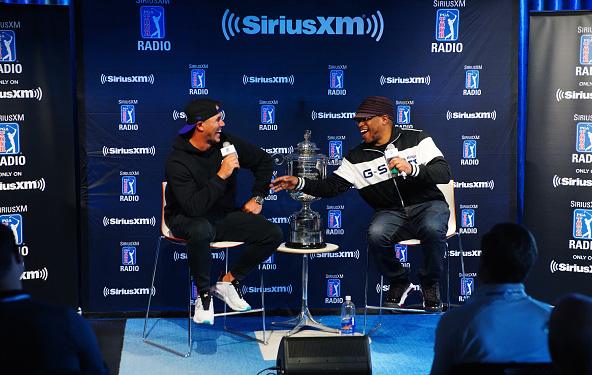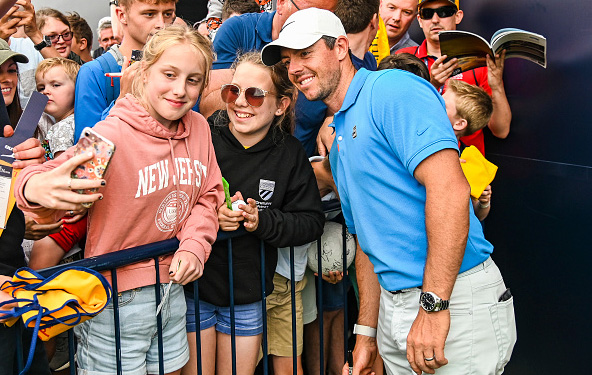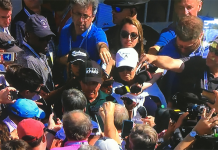
After Golfweek revealed the new Player Impact Program, a popularity-based bonus plan for PGA Tour members, much of the commentary was focused on the players, particularly how Tiger Woods, undoubtedly, will be at the top of the list when the program goes into effect this coming January.
Opinions on how this $40 million windfall affects golf fans, though, has been scarce.
From an enthusiast’s viewpoint, is rewarding Tour stars for their social media performance rather than their on-course accomplishments a good thing?
A player’s image is invariably tied to wins – maybe how far they can hit the ball, indeed how well they play, only rarely does personality play a role. Yet, many times, in our app-driven view of the world, image and visibility merge.
Will this new emphasis on social media bring forth a shallow Hollywood-like culture? If you had the opportunity to knock down a million dollars, would you hire a Facebook spin doctor to boost your visibility with fans? And will fans now question the authenticity of every post, appearance, and even charitable gesture, as potentially inauthentic and purposed to boost a player’s media popularity index?
How far off are we to players asking selfie-seeking fans, “How many followers do you have?”

By way of background, the PGA Tour Player Impact Program (PIP) is an obvious response to the Premier Golf League’s attempts to sign the world’s top players for exclusive events separate from the established tours with reportedly $240 million in prize money.
The PIP is a monetary acknowledgement that certain stars “move the needle,” creating additional value for sponsors due to above normal media exposure. The top-10 players, as determined by a still secretive algorithm called the “Impact Score,” will split $40 million – $8 million going to the No. 1 ranked player, measured by KPIs such as Google search results, media mentions, tournament broadcast time, social engagement, and consumer survey score, among other metrics.
An unknown, and not to be overlooked factor, is the strategic alliance announced by the PGA Tour and European Tour last November with speculation this was the first step in a worldwide series of events for the elite earners on both tours.
The PGA Tour, as part of the agreement, purchased a stake in European Tour Productions and received a seat on the European Tour’s board of directors for PGA Tour Commissioner Jay Monahan.
This makes a potentially effective combination of the cash-rich American circuit and less affluent Euro Tour for mutual promotions but more importantly control of players’ income sources.

The PIP is clearly a case of the rich getting richer, but in the grand scheme of things it’s not all that important.
Will the cynical among us be offended? Not if fans’ reaction to the oodles of cash in other professional sports leagues are any measure — think the NBA — but it is worrying from the standpoint of collateral damage to the PGA Tour with the assured infiltration of social media and marketing grifters.
Reportedly, the Tour will provide training and support through a newly created unit inside its Player Relations Department, but the superstars will undoubtedly add digital media and marketing experts to their own team. And what’s to stop a hungry new marketing agent, who gets a piece of that bonus, to book an appearance alongside someone like Kim Kardashian, a new golfer, who has 210 million followers? It’d be akin to winning a major in terms of the “engagement index.”
Imagine a scenario where stars are planning out their season based on which tournaments provide the greatest opportunity for media exposure instead of the best opportunity to win.
Some will say that’s a little far-fetched but trouble can start as soon as golfers begin getting paid millions for tweets rather than trophies.
Paul Daly contributed to this story.






































